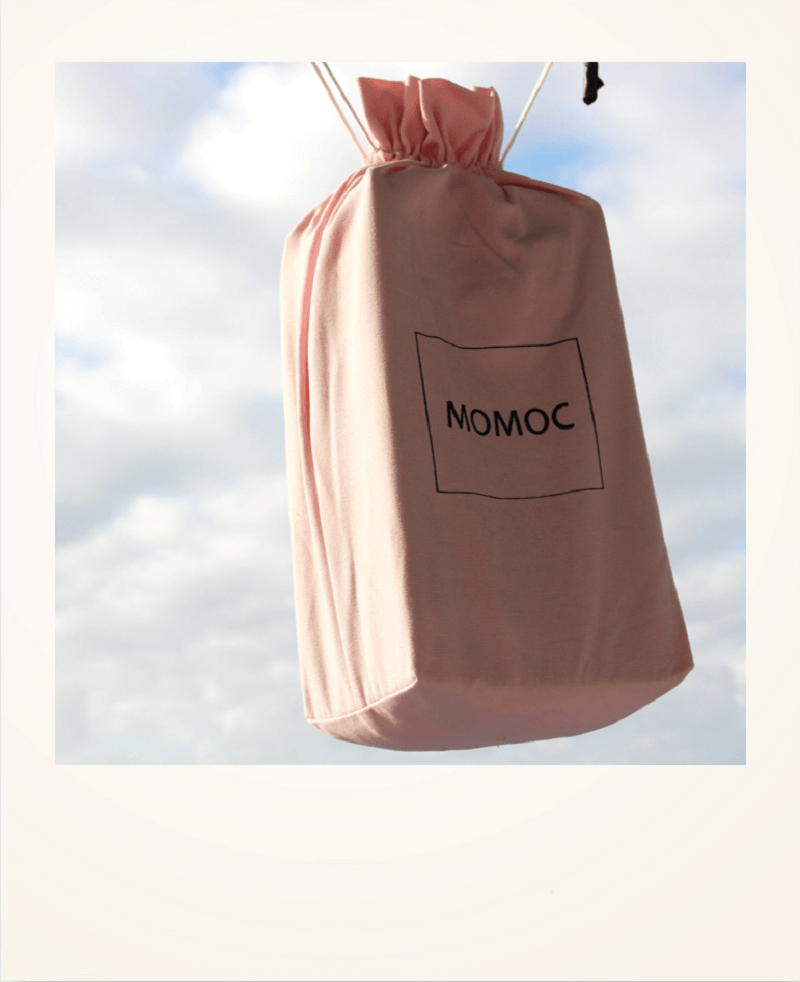What's the difference between something recyclable and something recycled? If someone talks about upcycling , do you know what they're referring to? How does it differ from recycling ? And what benefits does it provide? What are the 3Rs? Why do some people refer to four Rs instead of three Rs? To celebrate Environmental Education Day (January 26), this month we've prepared some especially educational articles. In them, we'll explain some of the most common concepts used in the field of ecology.
We'll begin this text by clarifying some of the most commonly used concepts when talking about recycling. Specifically, we'll define the terms recyclable, recycled, downcycling, recycling, and upcycling. Next, we'll discuss the three Rs of ecology: Reduce, Reuse, and Recycle. We'll also discuss another R that has been featured in a Greenpeace campaign and is linked to recycling. We're talking about Rethink.
Let's clarify terms related to recycling
Recyclable or recycled?
Recyclable, recycled... Are they the same thing? What's the difference? Does that trash can that appears on some product labels mean they're made with recycled materials? Let's find out.
We start with recyclable products. That is, by those who When discarded, they can be used to make new objects . But a recyclable product doesn't necessarily have to have been recycled. If the plastic, paper, or material used to create it has never been used before, it will be recyclable, but not recycled.
While the products recycled They are those who have a life different from the current one. That is to say, were used in the composition of a recyclable object . After that, and following a recycling process, they are reintroduced into the market as separate products. The most easily recyclable elements are paper, metal, and plastic, so if you find a product made from recycled materials, it's most likely made from one of these.
Products that are both recyclable and recycled are part of what is known as the circular economy.
Upcycling (or supra recycling) downcycling and recycling (or recycling)
If you're interested in the world of sustainability, you've probably heard these terms before. They're all different, yet very similar.
Upcycling. Upcycling consists of transforming waste into higher-quality products . This process requires no energy or other manufacturing processes. Furthermore, upcycling products are especially beautiful because they feature a high level of design.
Downcycling. He downcycling are those products that, when recycled, end up losing quality with respect to the original material.
Recycling. He recycling or recycling is the process by which, After discarding an object and recycling it, it returns to how it was before . In the case of both the downcycling as of the recycling There's no need to process new materials, which reduces waste. And its main disadvantage? Energy consumption.
Do you practice the 3R rule of recycling?
The three Rs (3R) It is a rule designed to reduce the volume of waste generated. Therefore, it's a set of guidelines that help protect the environment. It also serves to create more responsible consumers, which will help reduce their carbon footprint. So if you, too, want to have a smaller impact on nature, join the 3Rs: Reduce, Reuse, Recycle!
- Reduce
When we talk about reducing, what we mean is that we have to Reduce the volume of everything you buy and consume . This applies to both the product and the packaging. Be very careful with single-use items. Keep in mind that things that only work for you once can take years, centuries, or even millennia to decompose. Don't you want to use them anymore?
- Re-use
Or, what is the same, Before throwing things away, use them as many times as possible. Give new life to your objects and their packaging. This way, you'll reduce the amount of trash. For example, you can reuse glass bottles for flower containers, or plastic bags for trash. And don't forget to use your imagination! Where some only see trash, others see materials for beautiful decorative objects, for example. Consult the internet and social media or let your imagination run wild, train your eye and your manual skills, and create. You'll have a great time, save money, and the planet will thank you for it.
- Recycle
Once you've given your objects as many uses as possible, it's time to recycle them. That is, to put them through a process so they can be reused again. If you recycle, you won't need to generate materials, and there will be less trash in the future.
In the coming weeks, we'll publish a new article about packaging. We'll explain why it's so important for you to embrace the 3Rs of recycling. For now, we'll leave you to it. This interesting article about things you can do to take care of the planet.
Rethink, the R that should be improved in recycling
Finally, we want to tell you about an R that isn't included in this recycling theory: rethinking. It's especially linked to the planned obsolescence of household appliances and mobile phones. As you know, large companies design their products to break down after a certain number of years, forcing consumers to buy new ones. Furthermore, it's increasingly difficult to repair them. And, instead of putting a stop to this, large companies try to further reduce this already short lifespan. Can you imagine how much waste and environmental damage, as well as human damage, this can generate? But did you know that this can also be combated? If you don't believe it, look up the name of Samuel Sauvage , the leader of a small French organization, Stop Planned Obsolescence (HOP). Someone like you who dreamed of and fought for a more sustainable, less wasteful life.



